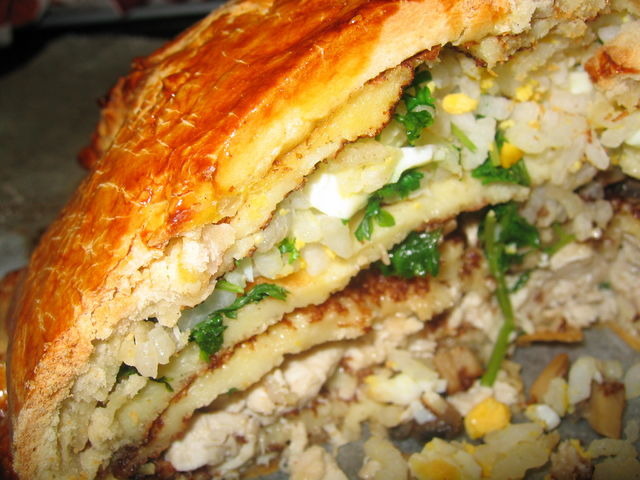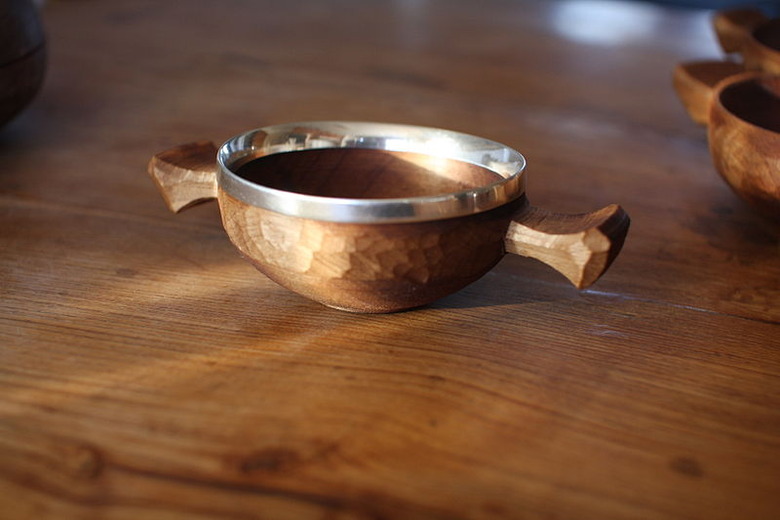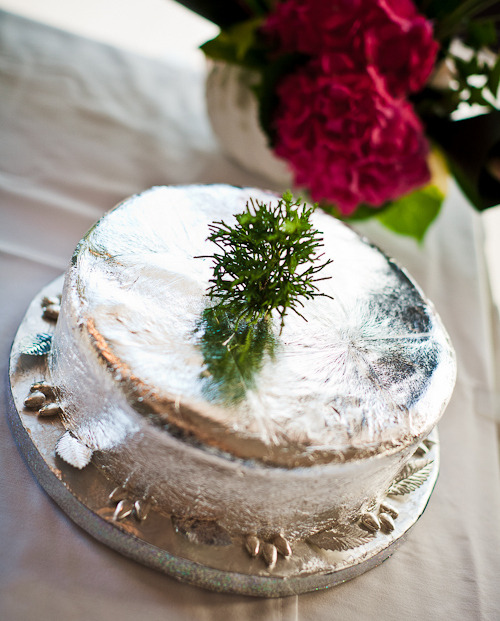International Food Wedding Traditions Slideshow
The bride and groom each taste a piece of bread so that that they may never go hungry. Then, they have a sip of wine to signify the sweetness in life, and a piece of salt is placed on their tongues so that they can overcome the hardships in life.
Muslim Wedding
Guests rub turmeric on the brides face and their own faces, because the spice is said to bring good luck.
Chinese Wedding
Gingko nuts are said to have health benefits and some also consider them to have aphrodisiac qualities, so they are often served at Chinese weddings.
French Wedding
Profiteroles are stacked in a croquembouche, a large, cone-shaped tower. Also, the bride and groom toast each other with a coupe de marriage, a two-handled cup that they both drink from to toast their marriage. The goblet is usually made of silver and is passed down through generations of a family.
Ethiopian Wedding
It's traditional for a Gamo bride from southern Ethiopia to have her head covered in grass and a butter made from intestines to symbolize fertility.
Japanese Wedding
The bride and groom share nine sips of sake together. After the first sip, theyre married.
British Wedding
A traditional English wedding cake is a fruitcake, usually made with raisins, ground almonds, cherries, and marzipan. Though the idea of a fruitcake is shunned by most Americans, it remains a strong staple in Britain it even made an appearance at the royal wedding in 2011. The top tier of the wedding cake is called the "christening cake," which the couple saves for the baptism of their first child.
Italian Wedding
Jordan almonds are given as favors to guests. Each almond represents a wish for the new couple: good health, prosperity, happiness, longevity, and fertility. In ancient Rome, the groom broke a barley loaf over his bride's head sealing the marriage.
Filipino Wedding
If a bride and groom offer their guests delicacies such as bibingka (a gooey coconut treat) or suman (a sticky rice cake wrapped in coconut leaves), theyll be sealed together for life.
Russian Wedding
Bread is the symbol of abundance and a rich life, and thats why a just-married Russian couple is met at home with a kournik (a wedding pie). The kournik is to be baked in the houses of the groom and the bride and should be reflective of their masculinity and femininity.
Ukrainian Wedding
Korovai (a wedding bread), made of rich egg dough with sugar and spices, is circular in form and covered with decorations made out of dough; the bride and groom walk around it and then are given pieces of it to eat.
Moroccan Wedding
Milk (to represent safety and happiness) and dates (to represent a sweet and smooth life) are given to guests. Before the wedding, brides traditionally take a milk bath, called hammam, to purify them before the big day.
Scottish Wedding
Whiskey or wine is poured into a large two-handled bowl or cup (usually a family heirloom), called the quaich (Gaelic for "the loving cup"), a minister blesses the couple, and the couple drinks from the cup first, then the cup is passed around and families and guest take a sip from it in honor of the couple.
Bermudian Wedding
On top of the wedding cake is a Bermuda cedar-tree sapling, which the couple is supposed to plant at their new home (so their love can grow).
